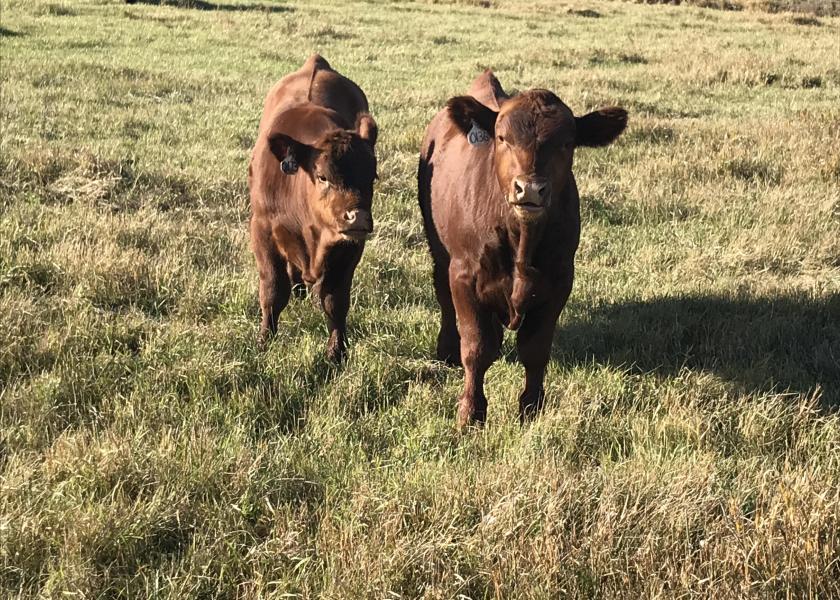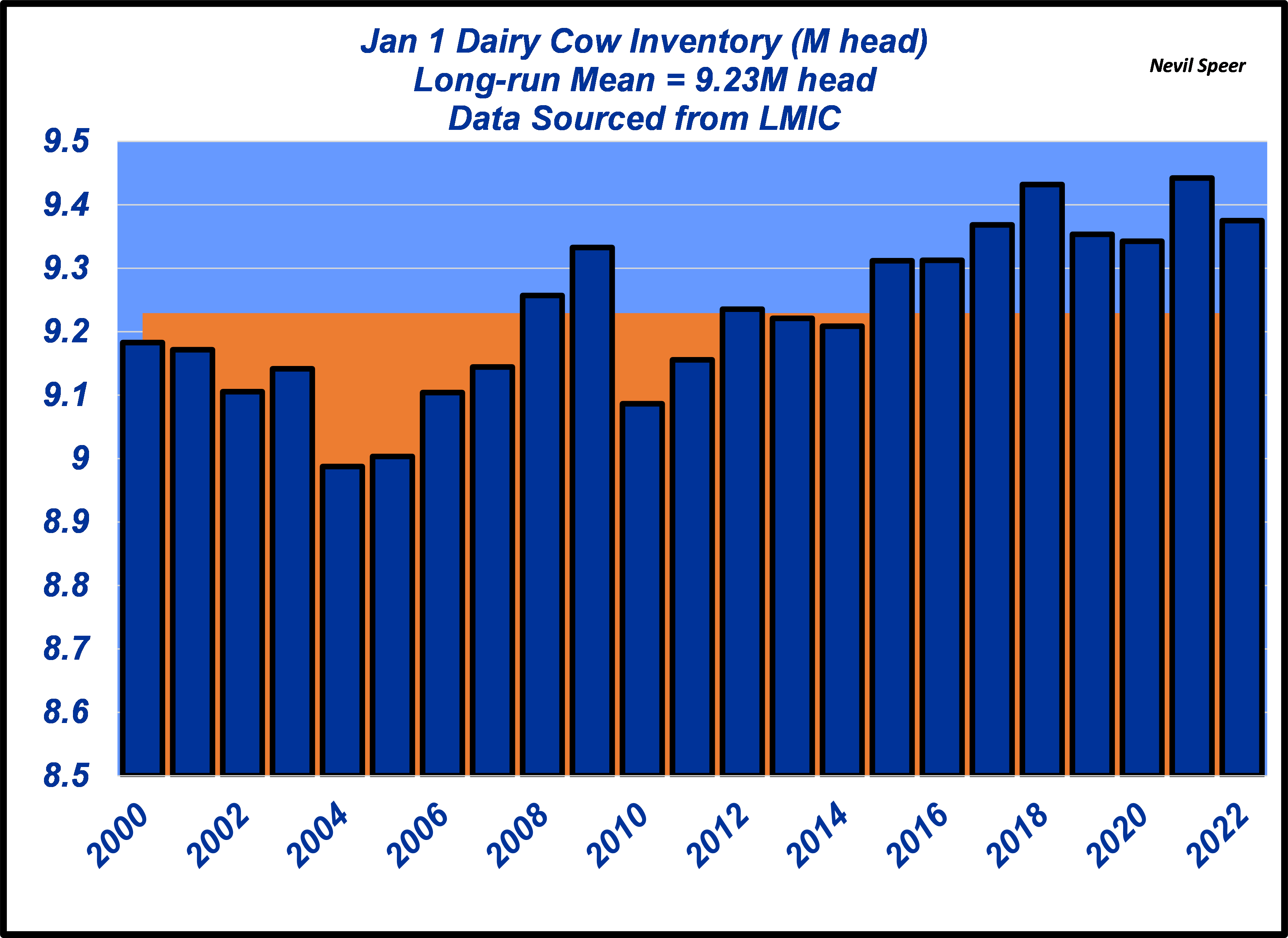Speer: This Time Is Different

My previous column focused on beef cow liquidation that's occurred in 2022. Through September, beef cow slaughter has totaled roughly 9% of the year’s starting inventory. As such, next year’s cowherd numbers will be sharply lower - likely near the bottom end of 29M head (similar to ‘14/’15). However, the beef industry, like every other business, never stands still. Accordingly, I also noted that, “…amidst tightening supplies this time is different…”
First, there’s additional packing capacity coming. Seven projects are in the works with potential to provide additional capacity of roughly 11,000 head per day. The total includes processing for both cows and steer/heifer slaughter, respectively. Either way, though, it’ll be important to watch how this dynamic plays out. Much of this new capacity is planned / scheduled to come online synchronous with the bottom of available supply (fed steer/heifer numbers will be at their lows while cow/calf producers will be looking to rebuild their cowherds).
Second, quality matters more than ever! Consumers are proving their demand for high-quality beef is seemingly endless (both domestically and internationally). Amidst all the talk about inflation and concerns about recession, there’s been little slowdown at the top end of the market. The Choice-Select spread remained record-large through the summer; even more significant, the Prime-Choice spread is better than $75 (and the 52-week moving average now exceeds $50)! (see first graph) The chase will be on as supplies get even tighter in next several years (and inherently leads to the next consideration).

Third, there’s an entirely new dynamic at play in the beef industry that didn’t exist ten years ago: BeefX (or otherwise referred to as beef-cross or beef-on-dairy). Sexed-semen fertility has improved dramatically in recent years. Therefore, dairy producers are now able to breed cows with far greater precision. Only the top end of the cowherd is necessary to create replacement heifers; the rest of the cows can be bred for a terminal cross. Assuming the terminal side represents roughly two-thirds of the dairy herd means potential for around 6M head of BeefX steers annually. (see second graph)

As a result, dairy producers are increasingly positioned as a significant contributor to the nation’s beef supply. That’s always been the case - but now it gets even better. There’s been lots of learning in this space. So, not only has semen technology advanced, but specific BeefX genetics and subsequent mating plans have also improved. Therefore, with careful planning, there’s opportunity to create a large, steady, coordinated supply of consistent, black-hided cattle that excel in terms of both feedyard performance and carcass characteristics.
Sure, there are challenges ahead – most notably, dairy steers/heifers cattle have historically possessed higher rates of liver abcesses and/or condemnations compared to beef cattle. That’s not necessarily tied to genetics; rather, it’s more the outcome of a vastly different production system. However, that trend can be quickly changed through better knowledge and management. It’s much easier to track cattle and integrate data across the BeefX supply chain. That provides opportunity for ongoing learning and continuous improvement around any number of important profit drivers (including liver abscesses).
What used to be considered a highly discounted after-thought (straight dairy steers/heifers) is rapidly transforming into a meaningful source of production (BeefX steers). That prospect becomes even more important amidst tighter cattle supplies ahead. But it’ll also be one that doesn’t drift away after we rebuild the cowherd – it’s here to stay.
All that said, it’s important to recognize this time around really is different – both going into, and coming out of, the cycle lows.
Nevil Speer is an independent consultant based in Bowling Green, KY. The views and opinions expressed herein do not reflect, nor are associated with in any manner, any client or business relationship. He can be reached at nevil.speer@turkeytrack.biz.







